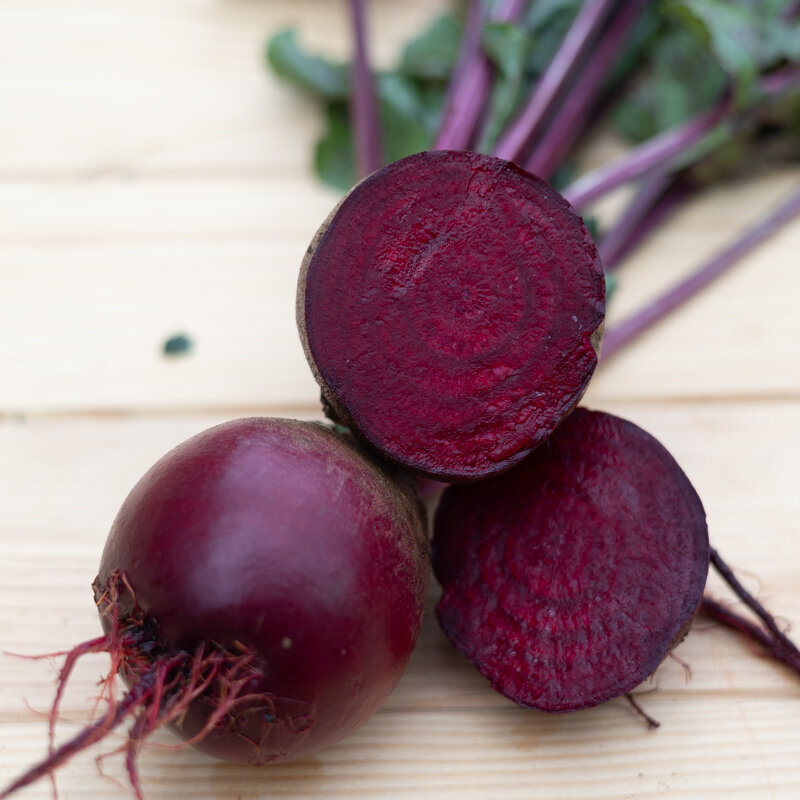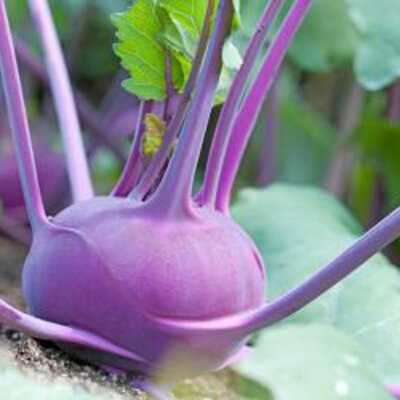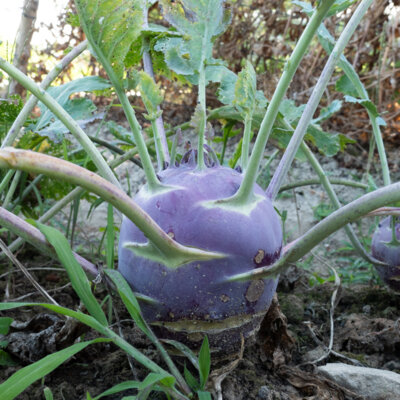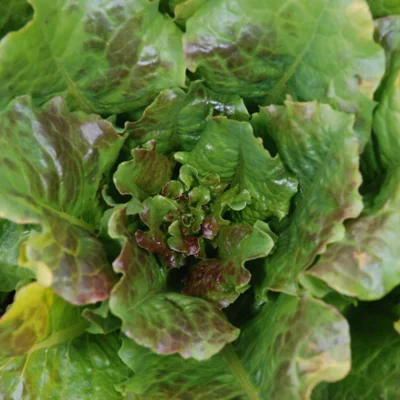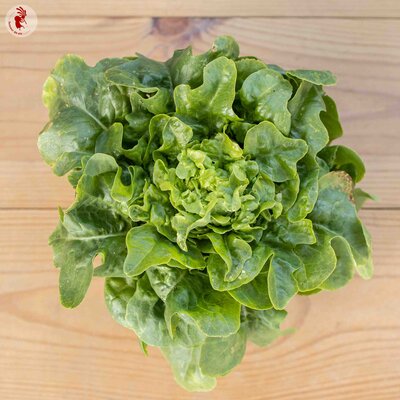Shiraz - Red Beet
This variety with green leaves and red stems produces round, red roots with a firm texture.
This variety is particularly insensitive to brown rhizoctonia ("Rhizoctonia solani").
These products may also be of interest to you
in the ground, online
Sow in pots. Transplant at least 20 cm apart in all directions, when plants have 5 to 6 leaves and soil is sufficiently warm. Sow directly in place, in rows 20 to 30 cm apart. As soon as plants have 3 to 4 leaves, thin to 15 or 20 cm along the line, keeping the most vigorous. Overgrown plants can be transplanted.
Sow every 2 to 3 weeks to stagger harvesting, and water regularly.
February, March
April, May, June
June, July, August, September, October, November
in the ground
sunny, semi-shade
medium
all floor types
drained, light, fees
Beta vulgaris
mid-season
From 80 to 500 g
6 grams
round
farm
Red
From 40 to 60 cm
From 15 to 20 cm
round
United States
This variety was selected from crosses involving three old varieties. The selection work was carried out by a group of farmers on the West Coast of the United States, accompanied by breeder John Navazio.
John Navazio
As well as being excellent vegetables, beet is rich in vitamins A, B1, B2, B6 and C, and its leaves, which are also an excellent source of many minerals and trace elements (calcium, magnesium, copper, phosphorus, sodium, iron, etc.), contain as much, if not more, iron.The root contains fewer minerals than the leaves, but provides a long list of interesting substances: choline, folate, iodine, manganese, sodium, potassium, fibre, as well as carbohydrates in an easily digestible form. And although its iron content is not very high, it is of excellent quality, making beet an interesting food to help blood synthesis. Particularly recommended in cases of haemorrhage, in preparation for childbirth or during convalescence...



